Geoff Mack
Graphic Designer
Illustrator


A Meticulous Illustrator and Graphic Designer
Dhwani Trivedi: When I was younger I used to throw myself into the world of comics and storybooks, I knew nothing better than the world of those characters. The fact that such a simple idea one man created can be molded into something so amazing and entertaining has always impressed me and I have always aspired to make my characters and story and infuse life in them.
I wanted to make something that was mine, something that I had achieved, and that was my ambition. The only way I saw to do that was to draw. I was always drawing as a child, mainly because it gave me a sense of freedom. Dabbling with new ideas, characters and even stories are things that come to me constantly and I wasted no time getting them down onto paper. I also write on an extensive level which helps to build stories and is a major influence in all my work.
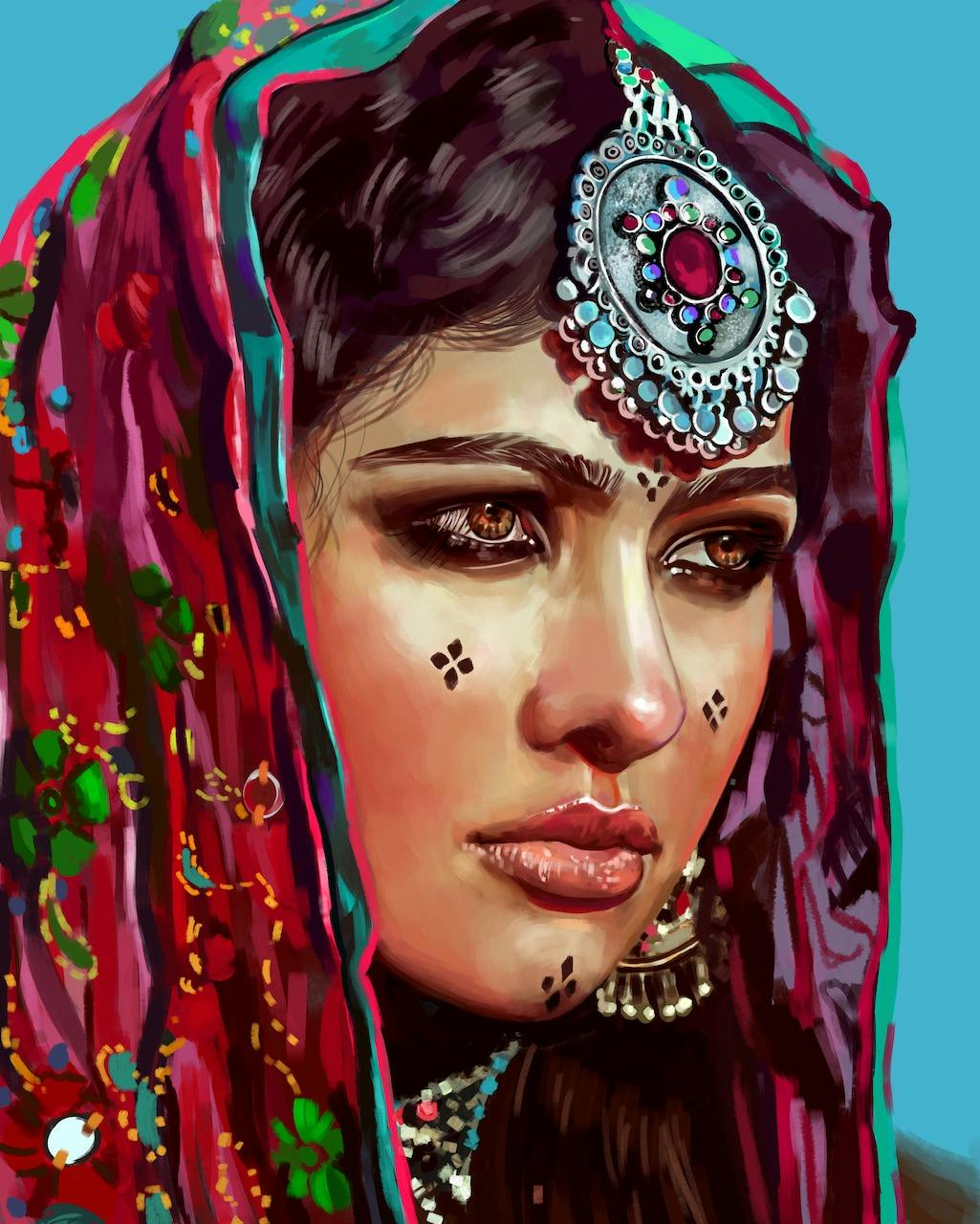
As I grew up and started going to school, I became more of an avid reader and indulged in all kinds of nonfiction and fantasy books including Harry Potter. Especially coming from an Indian background I was also introduced to an array of mythological stories like Ramayana and Mahabharata and fables like Panchtantra.
To pique my interest in learning more about my culture and heritage, my parents bought me illustrated versions of these books and I found myself gawking at those beautifully illustrated pages for hours on end. This stimulated my fantasy and imagination further.
Dhwani Trivedi: Studying at UAL has been a dream come true. Getting the acceptance letter for my Master’s degree was one of the most surreal moments of my life and it has been a great year so far. I’m currently working on my thesis and looking forward to my final master’s graduation show in December. My tutors have been very supportive and a constant source of inspiration throughout the course.
UAL also benefits from the city it’s situated in, London is a melting pot of culture and art and home to some of the most amazing paintings. An international taste-maker, London creates an ideal environment for living and learning within a vibrant community of art professionals. In addition to studies, experienced full immersion in the London art scene through visits to museums, art fairs, galleries, private collections, and artist studios, led by the Institute’s network of art professionals in London and beyond.
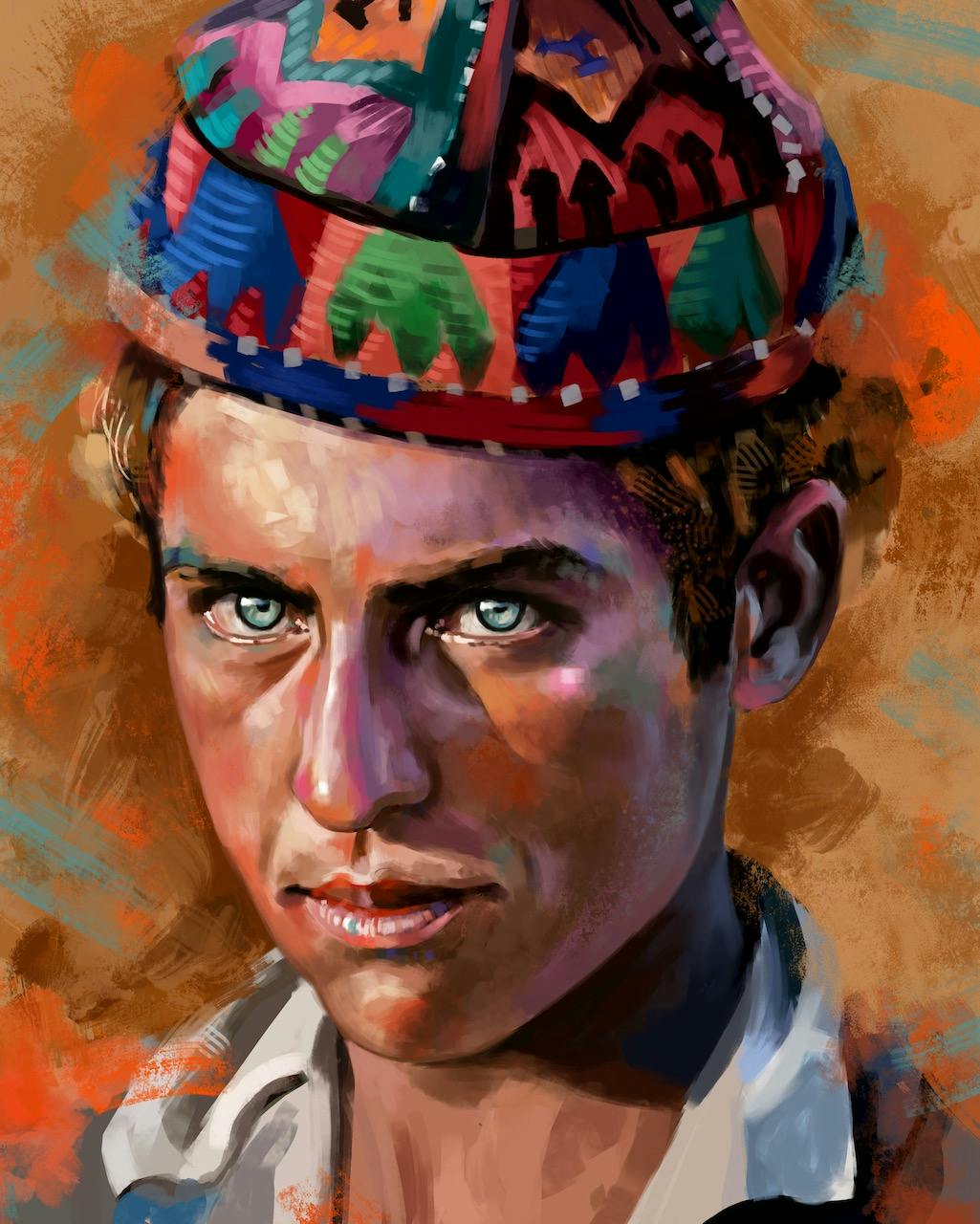
UAL also helped me to come in contact with like-minded people that share the same passion and energy for design and art which will hopefully propel me forward with the right knowledge and experience for the career I want. I have managed and to my knowledge and get inspired by the culture of a country different from my own which I’m sure will help with my journey to becoming a better person and artist.
Dhwani Trivedi: Over the years I have discovered that to create something through illustration means not merely to draw but to let your ideas work across multiple mediums including software like Photoshop or Illustrator.
Although pencil and paper will always remain my favorite mediums as that is how I learned to draw. Sometimes I start or ideate a drawing on paper and then scan and import it into photoshop for coloring purposes, so it’s the best of both worlds. I’ve noticed that with a piece of paper in front of me, my sense of composition comes more naturally than it does on a screen.
My hands and eyes are interacting with the area of the paper and measure distances constantly. When sketching on the computer, I find that placing everything correctly requires a lot more tweaking. It is harder to keep a sense of the bigger picture when working digitally so I make rough sketches on paper first and then go digital.
“No matter your choice of medium, travel provides a means to expose yourself to the new subject matter, new methods and techniques, and potentially provide a new focus area to your work. It is also a way to challenge yourself as an artist. We are each responsible for learning to edit and critique our work and to drive ourselves forward to continuously develop.”
For a lot of artists, the possibilities of going digital also offer more speed and momentum to their work. Used efficiently, digital saves you a ton of time. Digital’s greatest strength is its undo feature, and the endless tweaking and zoom feature, which suits me, but you have to decide when to stop in terms of adding detail or adjusting! It’s also nice to save different versions from time to time too.
Dhwani Trivedi: As artists, we are constantly looking for inspiration and our surrounding environments so often influence our work. Traveling is an eye-opening experience for me that allows me to gain a fresh outlook and draw on new cultures and surroundings to push myself and my work further.
Traveling to countless destinations allows us to learn from masterpieces in museums; there is no real way to describe the feeling of seeing a work of art in person that you have studied so meticulously in books, writings, and discussions or walking in and around historic and magnificent architecture that you’ve read.
Additionally, there are such detailed descriptions of but now active an elaborate depiction from your perspective. In perspective, I feel that my move to London, home to some of the most famous paintings in the world, has helped me to evolve as an artist.
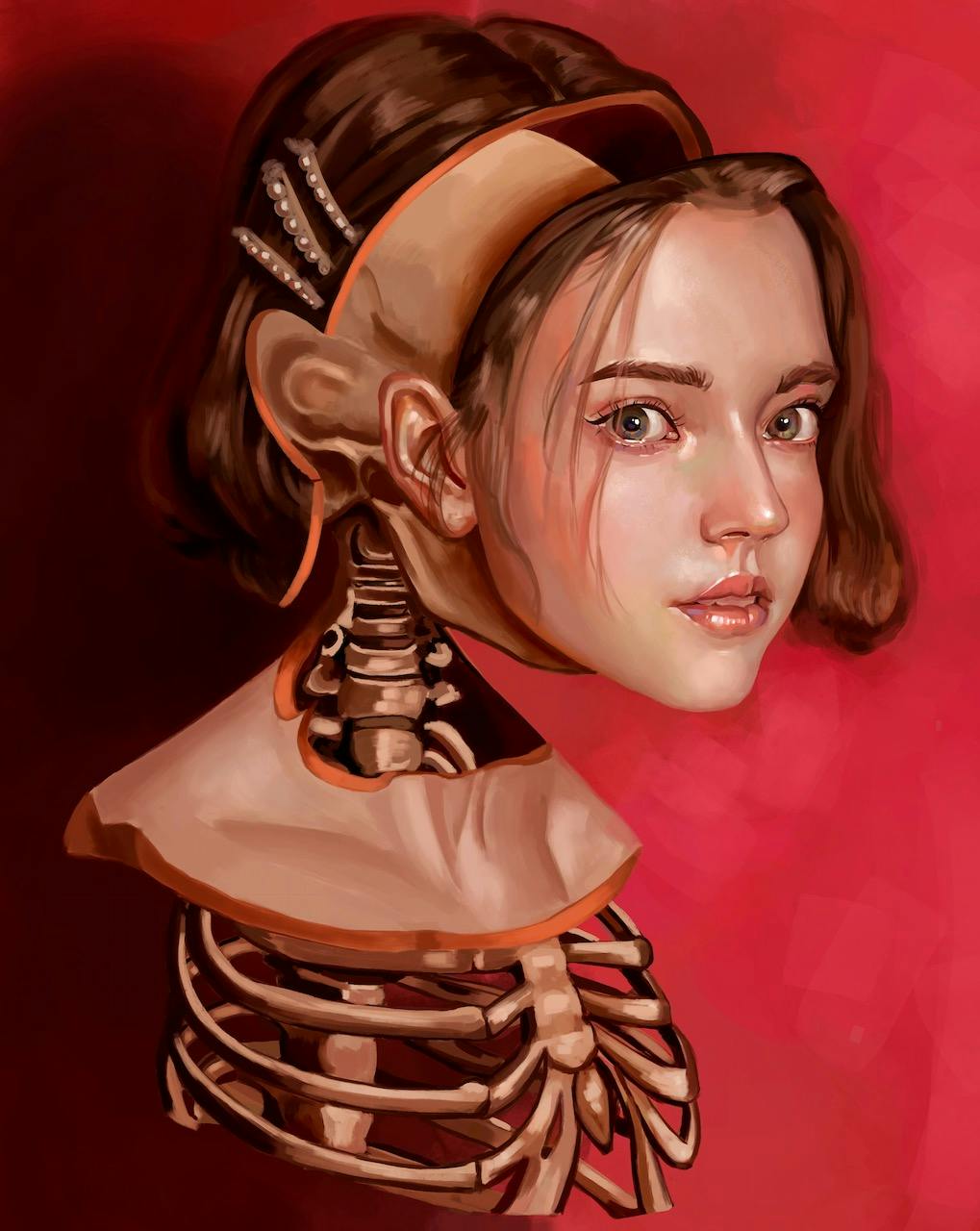
No matter your choice of medium, travel provides a means to expose yourself to the new subject matter, new methods, and techniques, and potentially provide a new focus to your work. It is also a way to challenge yourself as an artist. We are each responsible for learning to edit and critique our work and to drive ourselves forward to continuously develop.
As an artist, I tend to focus on a specific area or a master painting to sketch and find myself returning to that same area again and again. Rectifying the sketching details I may have missed the last time or capturing something I’ve sketched many times before but am noticing in a new way. It also reminds me how amazing this world is and how critical the artistic community and its history are no matter the culture.
Dhwani Trivedi: When we read, our brain is doing a lot more than just deciphering words on a page. Reading is more neurobiologically demanding than processing images or speech. It’s a neural workout. As you read, disparate parts of your brain — such as vision, language, and associative learning — work together and it helps me imagine better, which is very crucial for an illustrator. I gather inspiration from the characters and environments woven by different authors and try to create an artwork that is a combination of aspects picked up from different books. It helps me imagine character traits better which I further use in my work. It also triggers an emotional response that stimulates my imagination and gives me a boost to go back to my sketchbook.
I also write on an extensive level which helps to build stories and is a major influence in all my work.
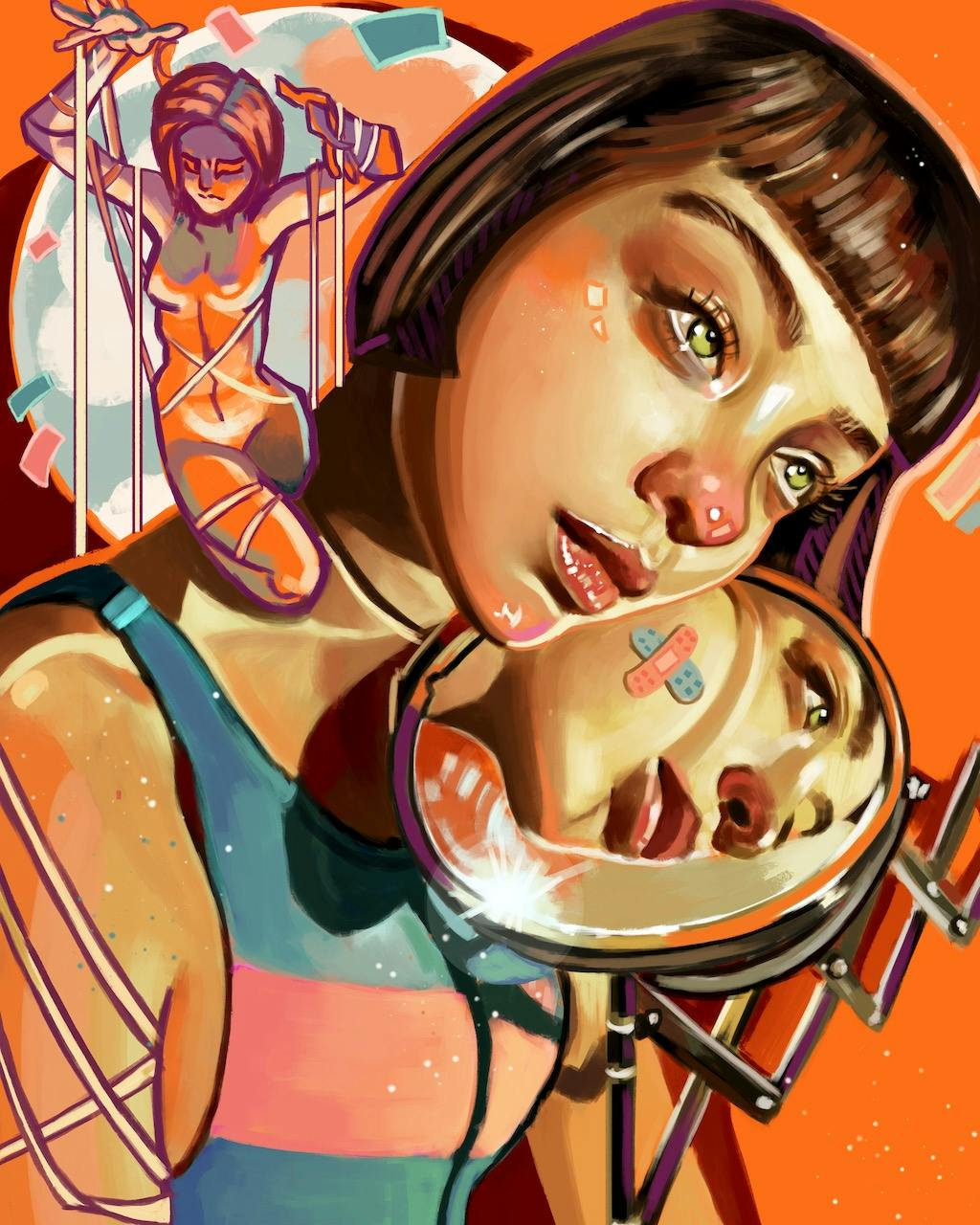
Dhwani Trivedi: I mostly use Photoshop for all my illustrations and Illustrator for vector Onesimusso slowly learning 3D software like Zbrush to study objects from different angles and then later use it on my 2D illustrations.
Dhwani Trivedi: I worked on the music video for the song and made the poster artwork for it. It is one of my favorite projects as I’m a big fan of Papon’s music and creating an animated loop for his song was an absolute treat. The beautiful lyrics made my work a lot easier.
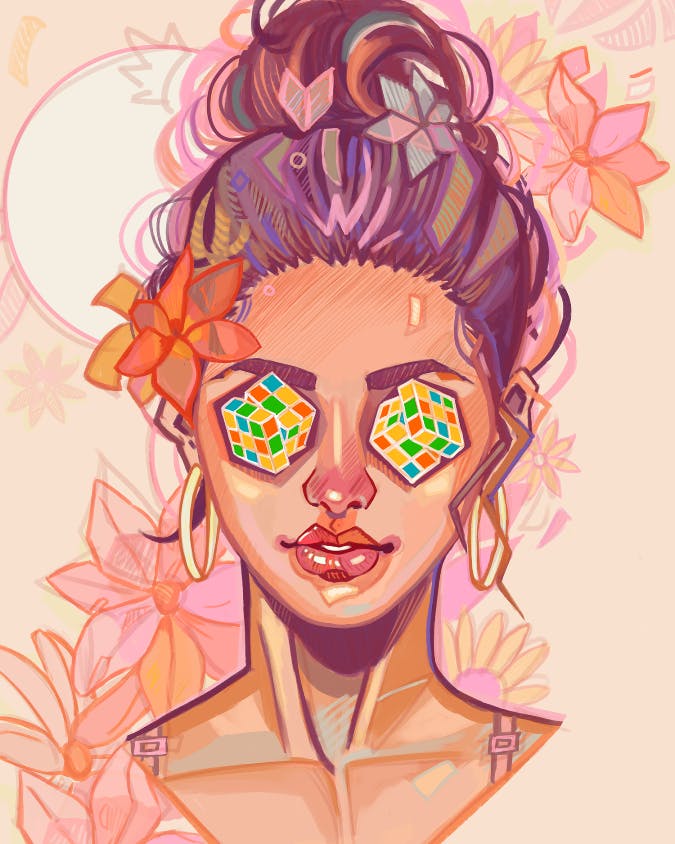
Dhwani Trivedi: It was interesting looking at artwork created by aspiring engineers from an esteemed university like IIT Bombay. The theme for the competition was “Psychedelic Visions” and I was aboard seeing how creative the results were considering they came from people that are not from an artistic background but brilliant in their world. I have worked on a similar theme before but it was fun looking at it from an engineer’s perspective.
It proved to me that anyone can be an artist if allowed more room to explore their hidden talents.
Dhwani Trivedi: In the illustration world, especially among young illustrators, people seem obsessed with talking about style and so was I – how to find a style, whether they should have more than one style, and so on.
It has been said countless times, but I’ll say it again: Just work, and your ‘style’ will emerge. Steadily working and observing your wings will help you to discover things in them that could be the seed for a whole body of work.
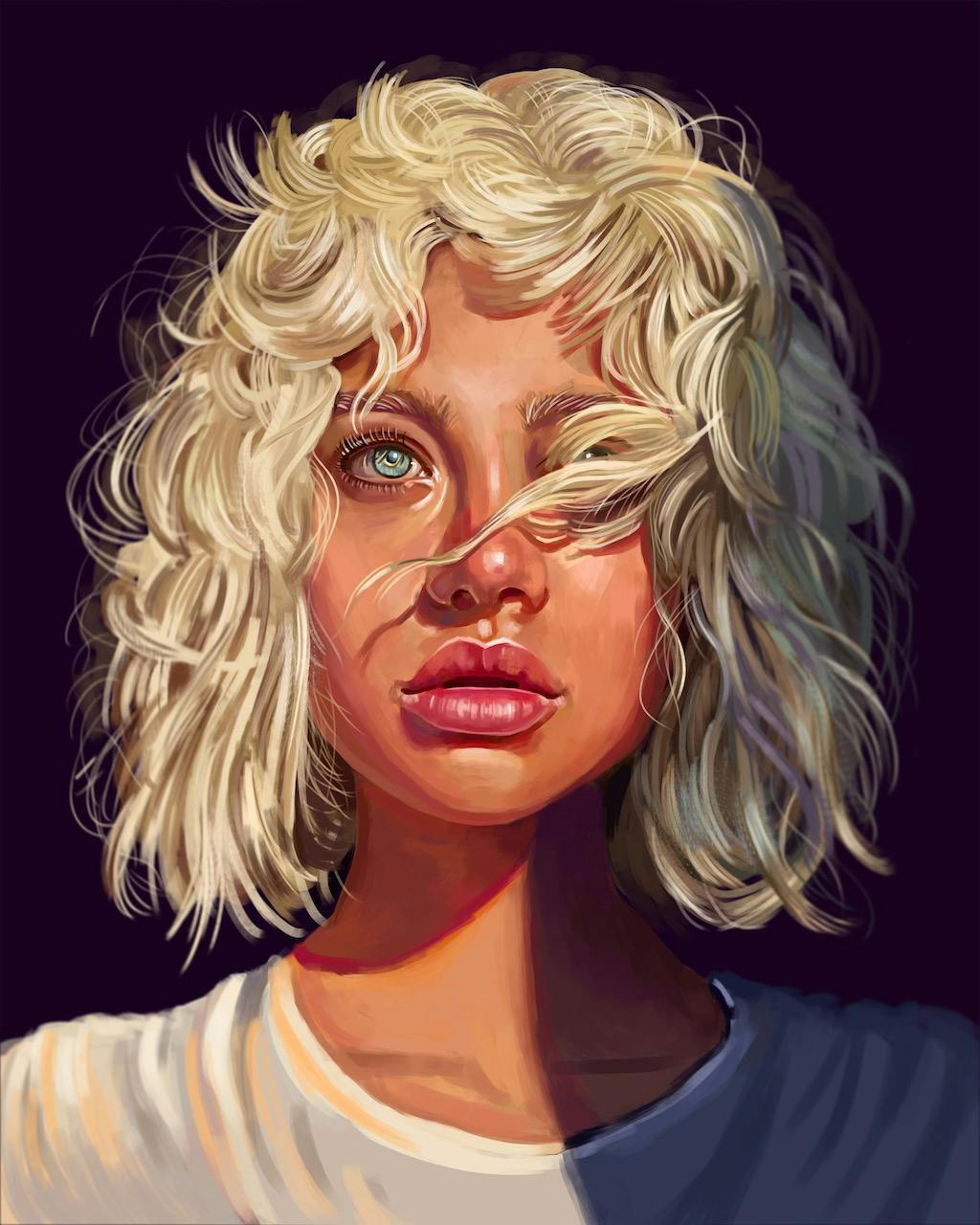
If you are obsessed with somebody else’s work, try copying it as an exercise (do not present it as your own, though). In that process, you will notice what suits you and what does not. I found doing such an exercise so tedious that it sent me running back to my stuff very quickly.
When working on an actual job, style is rarely a topic of conversation. I very seldom receive older images of mine as a reference for what is expected of me. My ‘style’ has broadened nicely over recent years. Clients often even give me complete trust and thus freedom to choose what I think will work best. And the most important thing to remember is to not be too hard on yourself. The creators are more crucial than the critics.




